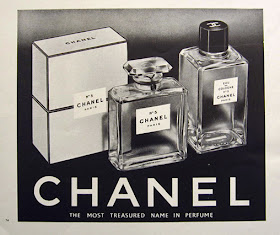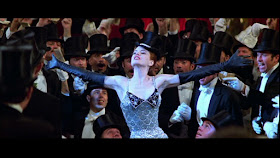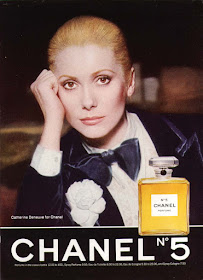Dear Sirs, a few years ago, during the 2000s, I had a brief stint in the cosmetic industry as a chemist. Although I am not particularly fond of those years, I am nonetheless entertained in knowing all debates about "reformulations", analyzing batch-by-batch, month-by-month, picture-by-picture. I especially enjoyed the ones regarding to Dior Homme, Dior Homme Intense, Dior Homme Parfum, and generically, all Dior perfumes and cosmetics. And when Andre from "Raiders" pointed out another probable reformulation occurring at the beginning of 2015, I decided to write this short note. Why? Because there is basically a very quick way to understand if a "reformulation" happened. Actually, all Dior products silently advice you when a "reformulation" occurred: you simply have to check "the Number" written on the box, i.e. the number appearing on the corner of the box referring to the composition of the scent/cosmetic: when this number changes, it means the scent/cosmetic composition consequently changed: so, you know a reformulation occurred. Here's a picture describing how to find the Number (Dior Homme Intense)
And here is a box of Dior Homme:
But what is exactly this Number? We need a few steps backwards.... During year 2003, the European Commission issued the 2003/14/EC Directive, about the mandatory labeling of the "allergens" on the box of all European-marketed scents and cosmetics, to be implemented within two years (i.e. year 2005, at latest). Furthermore, one of the rules involved the "order of appearance" of each allergen, which had to be proportionate to its amount. For example: if you read on the box: "eugenol-linalool-citral", it means eugenol is present in a greater concentration than linalool; and linalool is present at a greater concentration than citral, and so on.
Since 2004-2005, Dior wrote this mandatory list on all perfumes, adding the Number: obviously it is a different number for each type of scent (EdT, EdP, Parfum, Cologne, Aftershave, Soaps, Body creams etc, have a different number, since the "composition" is different) But when you read a different Number in the same product (for eample, EdT during different years), it means the "composition" inside the bottle changed, and a reformulation occurred. You could see differences in the listing, too.
Beware: a changing in Number/Formula means the composition changed; but this does NOT automatically mean the "smelling" changed, too: actually it could be possible having a change in the formula, leaving the smell unaltered, and vice versa (a bit unlikely, however...)
Back to the original question, Andre was right: at the end of 2014/ beginning of 2015 a reformulation occurred, and the Number changed, and you can smell the subtle difference.Please note: this method is suitable for any Dior product. You could apply it on Eau Sauvage, Fahrenheit, Poison, J'adore, etc., and any cosmetic produced after 2005. (Alberto Converano)------------
"In my opinion, there was another reformulation at the end of 2014/early in 2015. Dior Homme (DH, EdT) has now a stronger opening, more similar to Dior Homme Intense. On the contrary, Dior Homme Intense (DHI, EdP) seems much more powdery, and the 'lipstick' tone appears more pronounced. Longevity and projection are unaltered. Both still very good in my opinion, but clearly reformulated again." (Andre)
------------------------
And now a few pictures with the Numbers /Formulae (use it as a reference):Dior Homme EdT
original (2005-2010) : formula 01704/A (or 01792/A)
2010-2014 : formula 05434/A
2015- current: formula 08853/A
 |
Dior HOMME, early bottle,
batch 5L01, formula 1704/A |
 |
A rare alternate early version, listing Benzophenone
(an UV-rays blocker), formula 01792/A |
 |
DIOR HOMME
differences between 2008 and 2013 |
 |
DIOR HOMME
differences between 2014 and 2015 |
 |
Dior Homme, 0Z06 = 2010, december.
Nr. 05434/A |
 |
Dior Homme, 1U02 = 2011, august.
Nr. 05434/A |
-----------------------
Dior Homme Intense EdP:
original (2007-2010): formula 03214/A
2011-2014: formula 05443/A
2015- current: formula 08666/A
 |
Dior Homme Intense, the first bottle, year 2007
Formula N° 03214/A |
 |
Dior Homme Intense, batch 1R02 = 2011, april
Formula N° 05443/A |
 |
Dior Homme Intense , batch 3X01, year 2013
Formula 05443/A |
 |
Dior Homme Intense, batch 5W01 = year 2015
formula N° 08666/A |


























